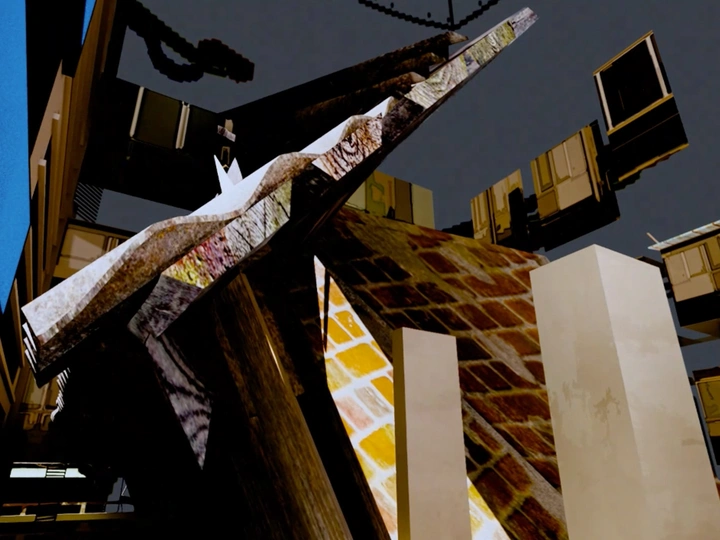Taking more than what's there to give

I am a spatial designer, writer, curator, and researcher investigating the technologies and forms of knowledge involved in the production of architecture by engaging with a broad range of philosophies. I earned a Bachelor's degree in Architecture and Urbanism from the University of São Paulo and a Master's degree cum laude in Architecture from the Delft University of Technology. I've had years of experience as an architectural and cultural worker, having assisted the curation, design and production of exhibitions in Brazil, the Netherlands and the United States for institutions such as Lina Bo Bardi's Casa de Vidro/Glass House and the Nieuwe Instituut; most recently I worked at CLOUD in the design team responsible for the new entrance hall at the Stedelijk Museum Amsterdam. I am one of the curators for the 2024 International Architecture Biennale Rotterdam (IABR) and a member of the Editorial Team for Footprint, the Delft Architecture Theory Journal.
Associations between architecture and energy have come to the fore in recent years. Beyond the known concept of embodied energy, theorists like Renata Tyszczuk, Barnabas Calder and Kevin Bernard Moultrie Daye have respectively explored the spatialized forms of energy systems, the history of energy consumption for the construction of architecture and the invisible bodies in talks of embodied energy.
This project builds upon these conversations and incorporates more synaptic accounts of energy transmission and dissipation, such as Denise Ferreira da Silva’s raw materialism and Bernard Stiegler’s negentropy, into the architecture and energy debate.
How can we speak of different forms of overexertion and extraction of energy involved in the production of architecture? At the point of raw material extraction, they manifest in the collapse of a dam or the total consumption of a mountain or forest; as that material is transported, it is the burning of fuel and generation of emissions beyond planetary systems’ abilities to repair themselves; at the construction site, it is injury due to the excessive stress of the body as a way to extract maximum surplus value; at the architecture office, it is mental health problems and carpal tunnel syndromes.
An account of energy transmission, dissipation and extraction that considers all of the pathways involved in the production of architecture is one that manages to successfully tie in the spaces and stages that make up this production.
This project's conceptual structure involves energy, work as energy deployment, the body and its physical limits, the worker groups in the architecture industry, and the technologies involved in architecture production. The goal is to contribute to the understanding of indelible relationships of response-ability at play in the architect’s practice, as she is always designing not only a space but (more or less violent) forms in which energy itself will transduce.

